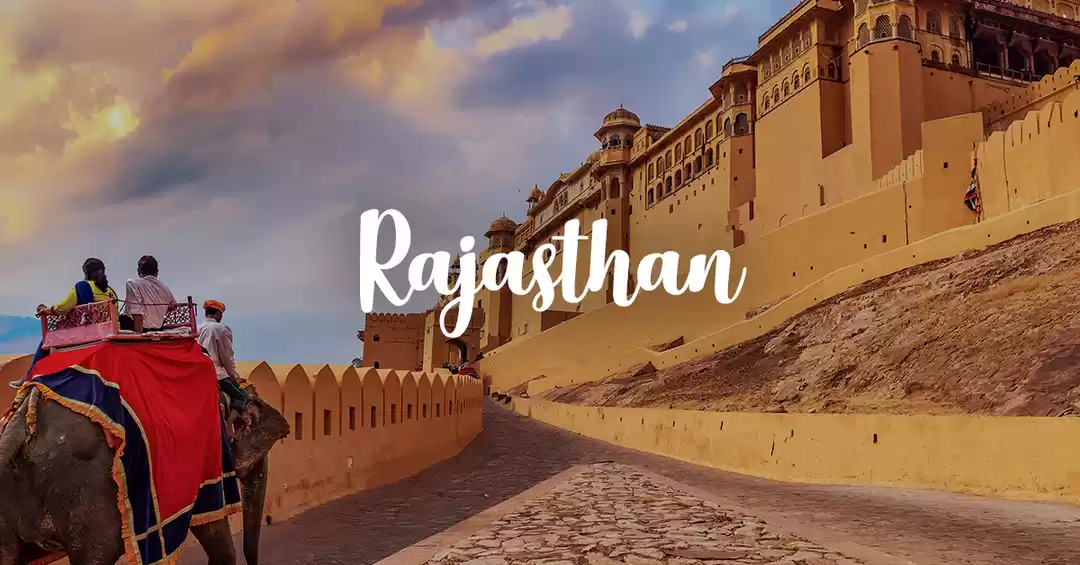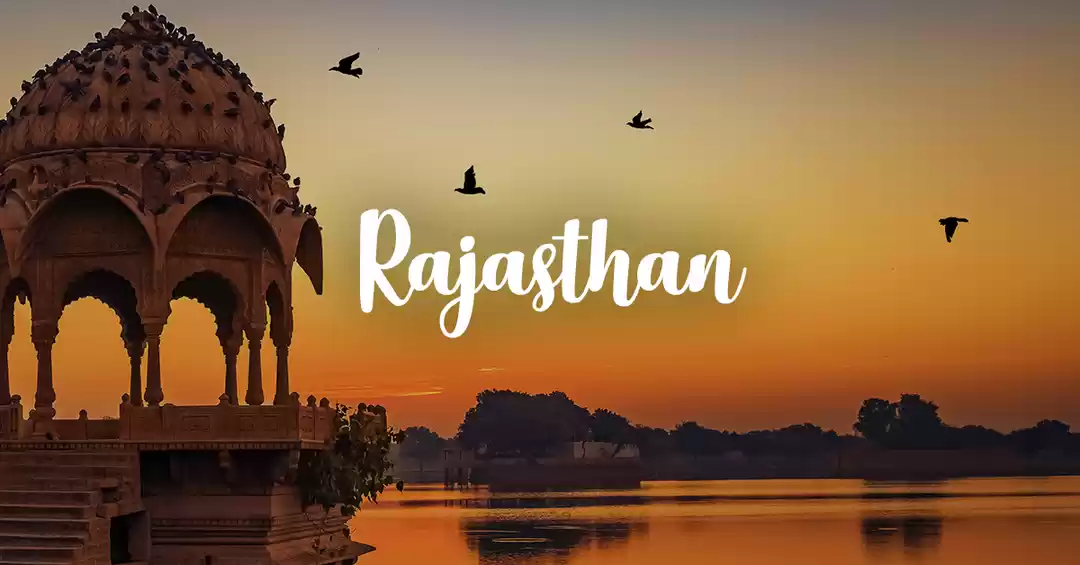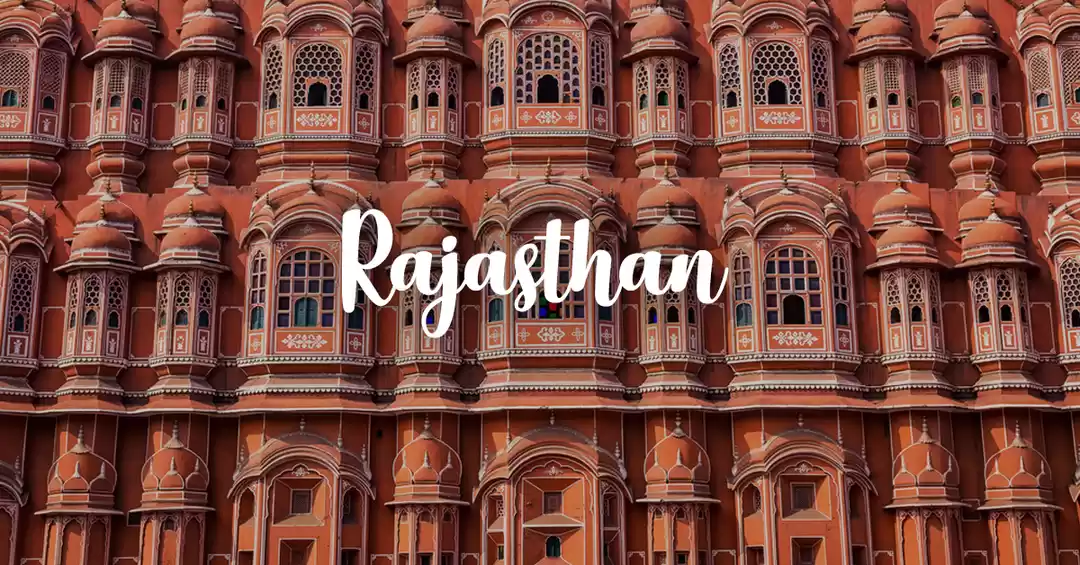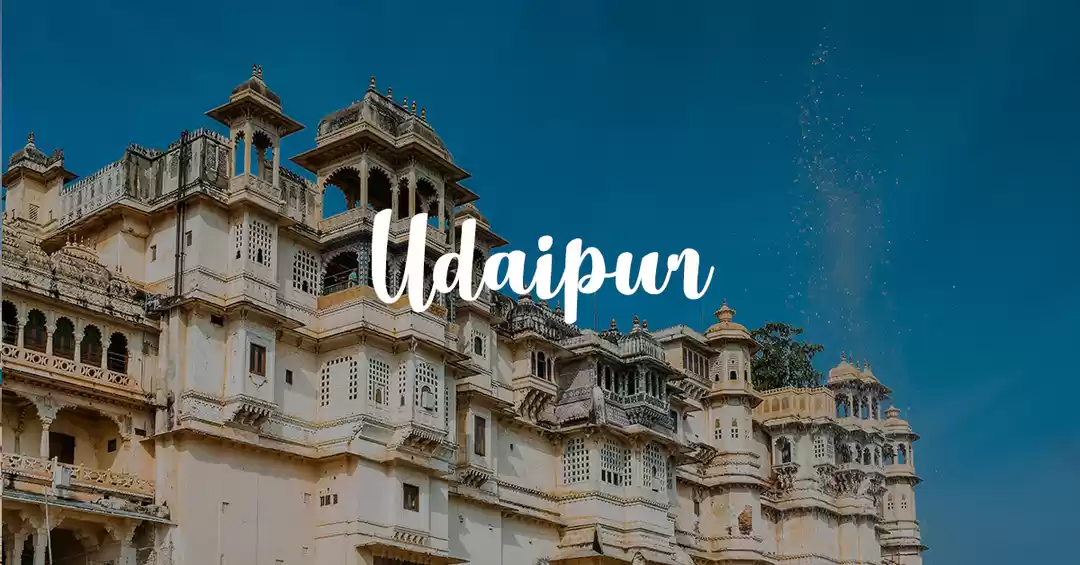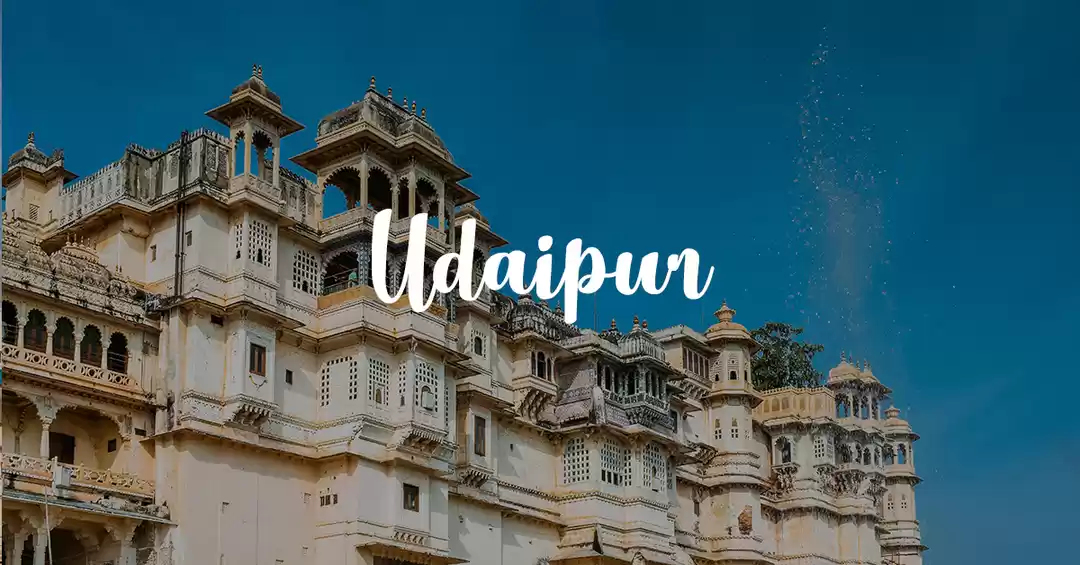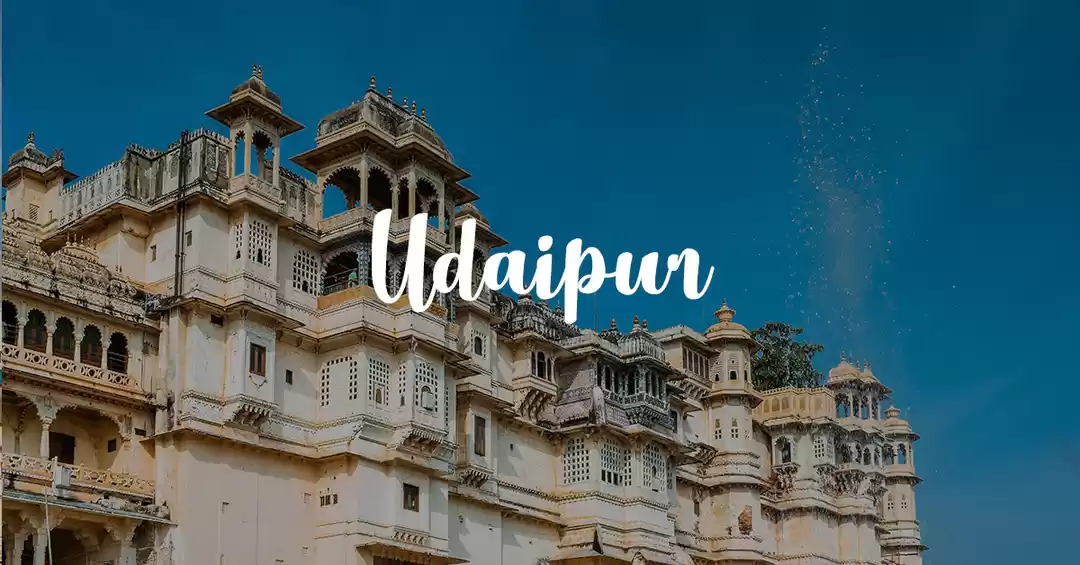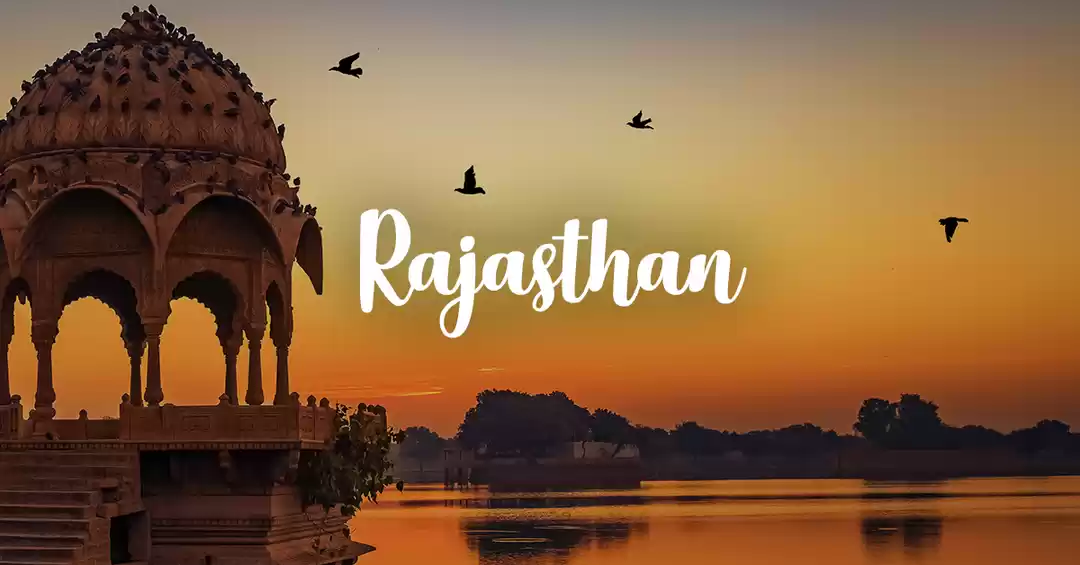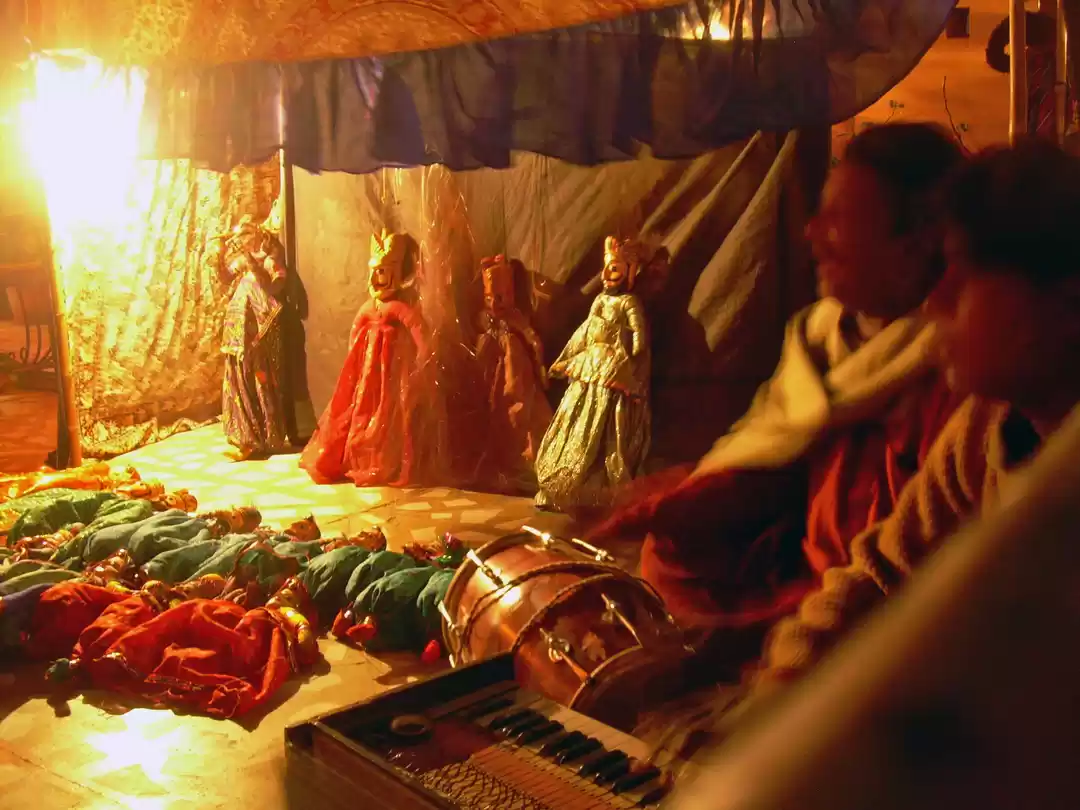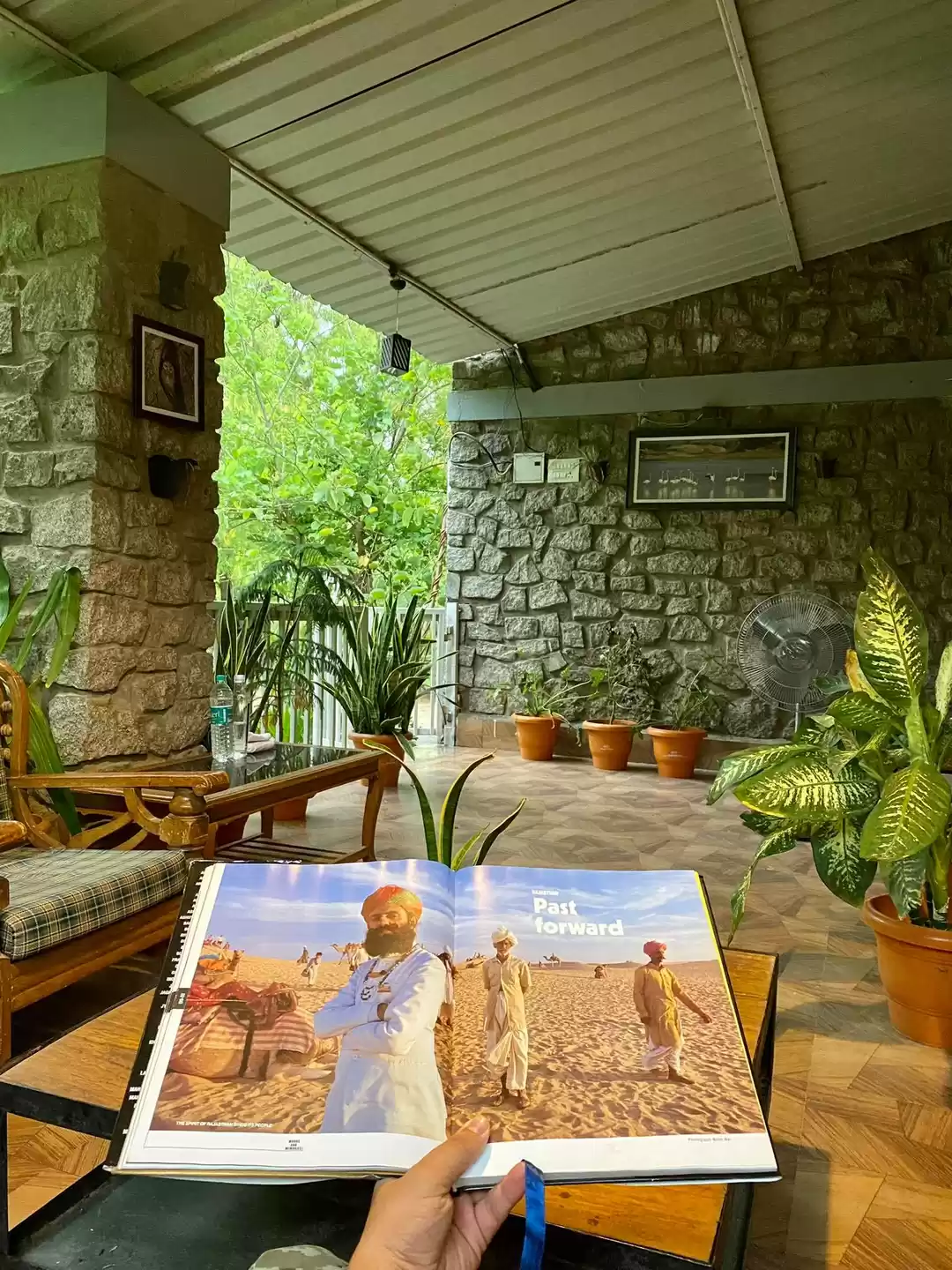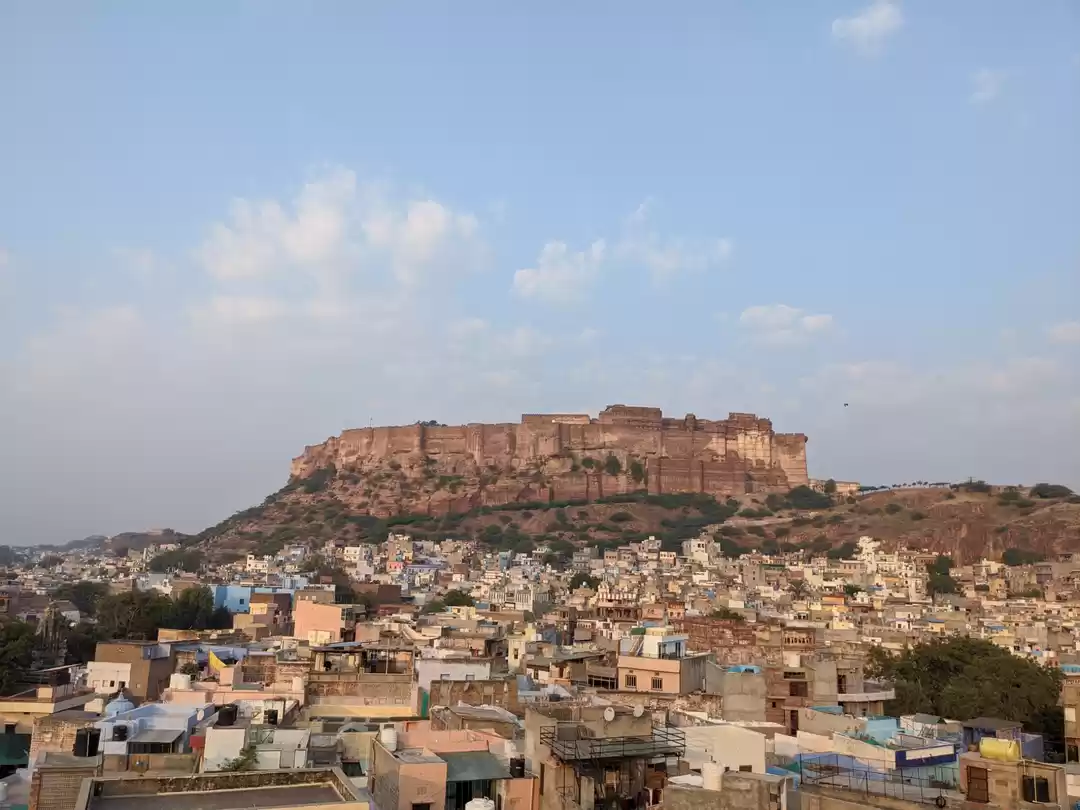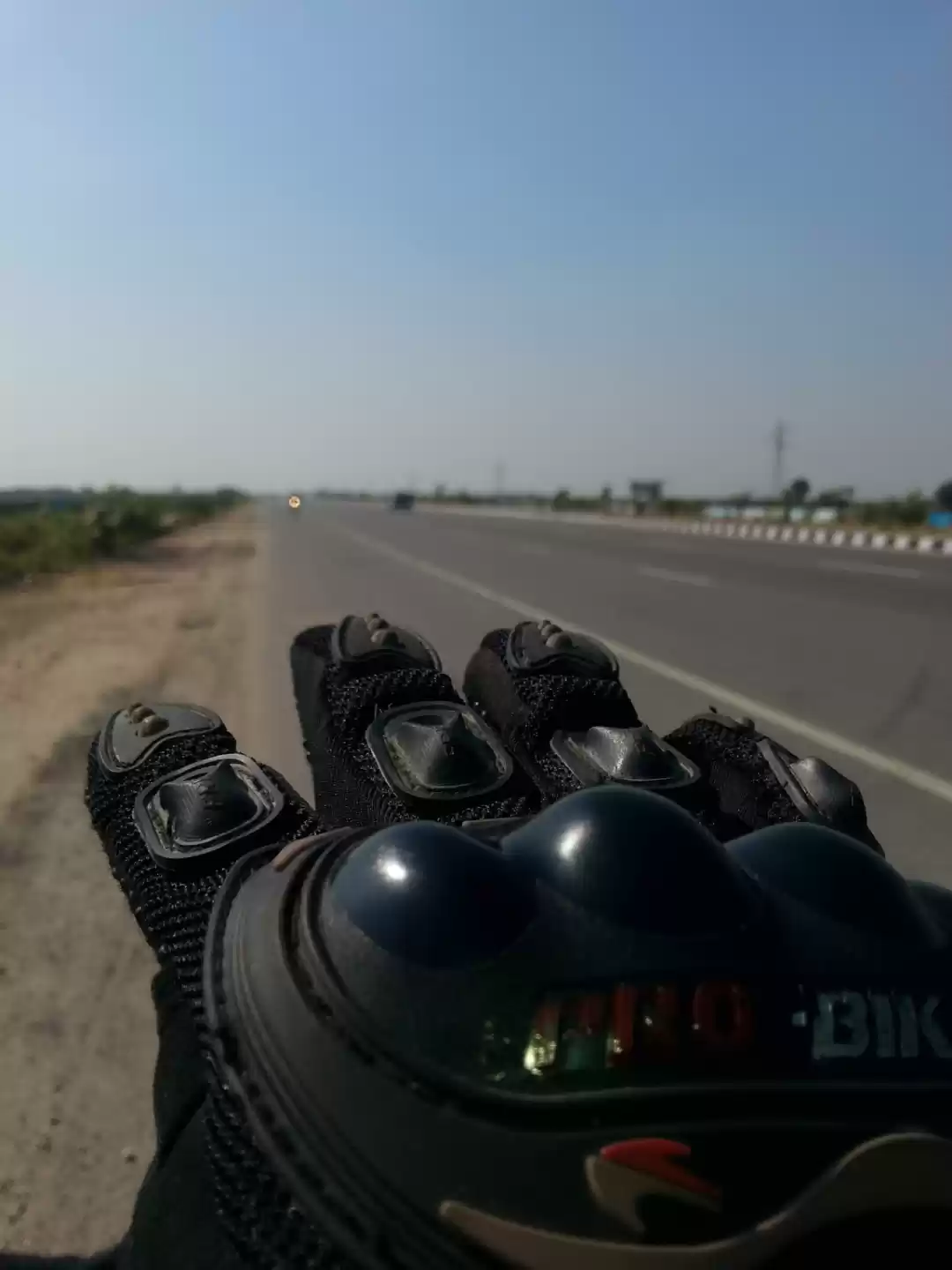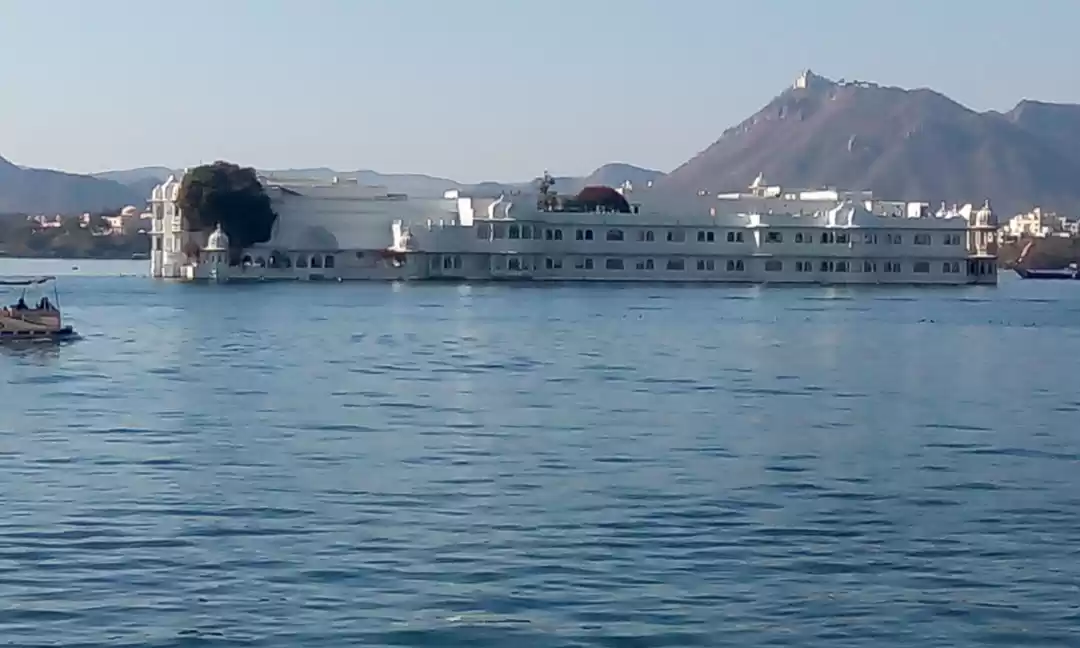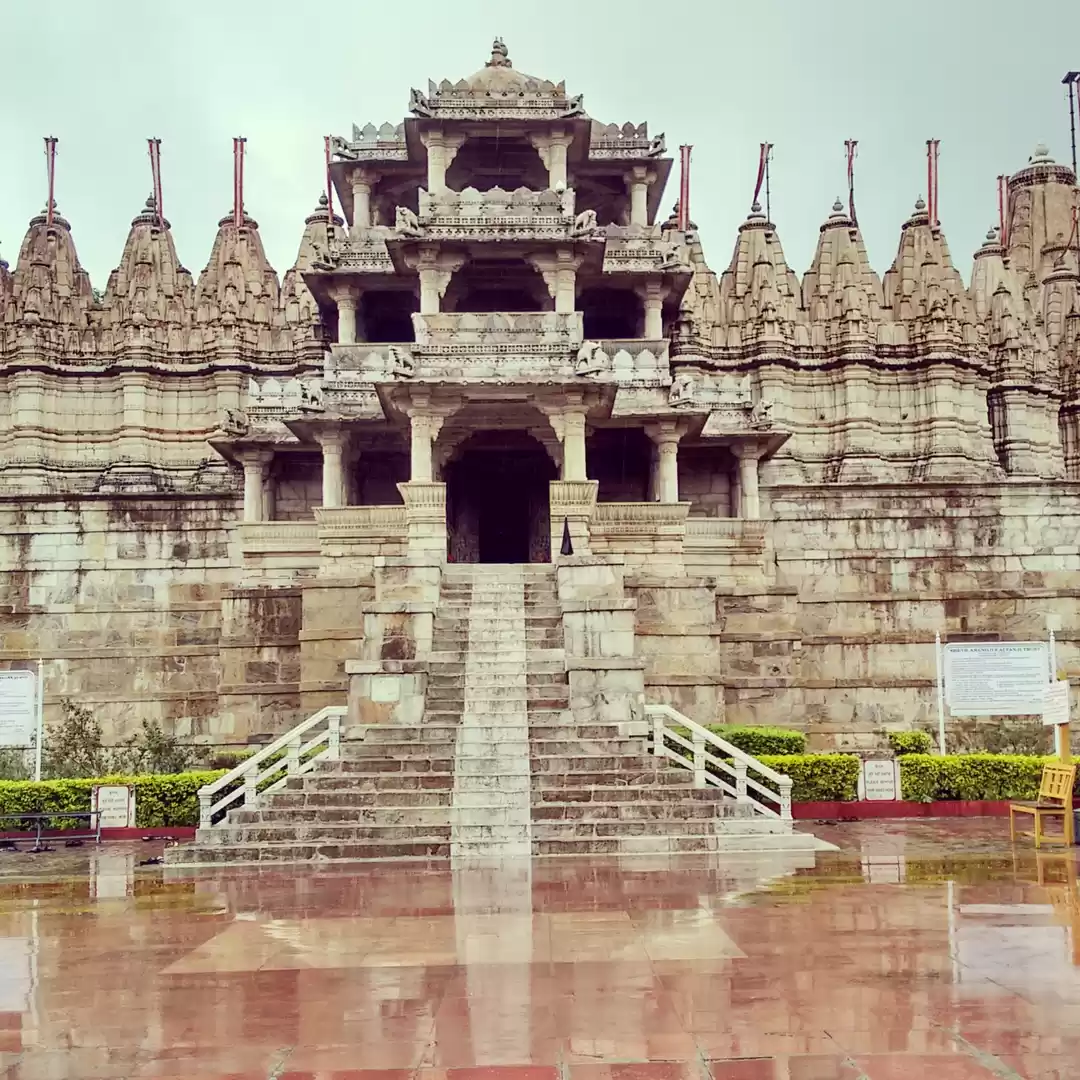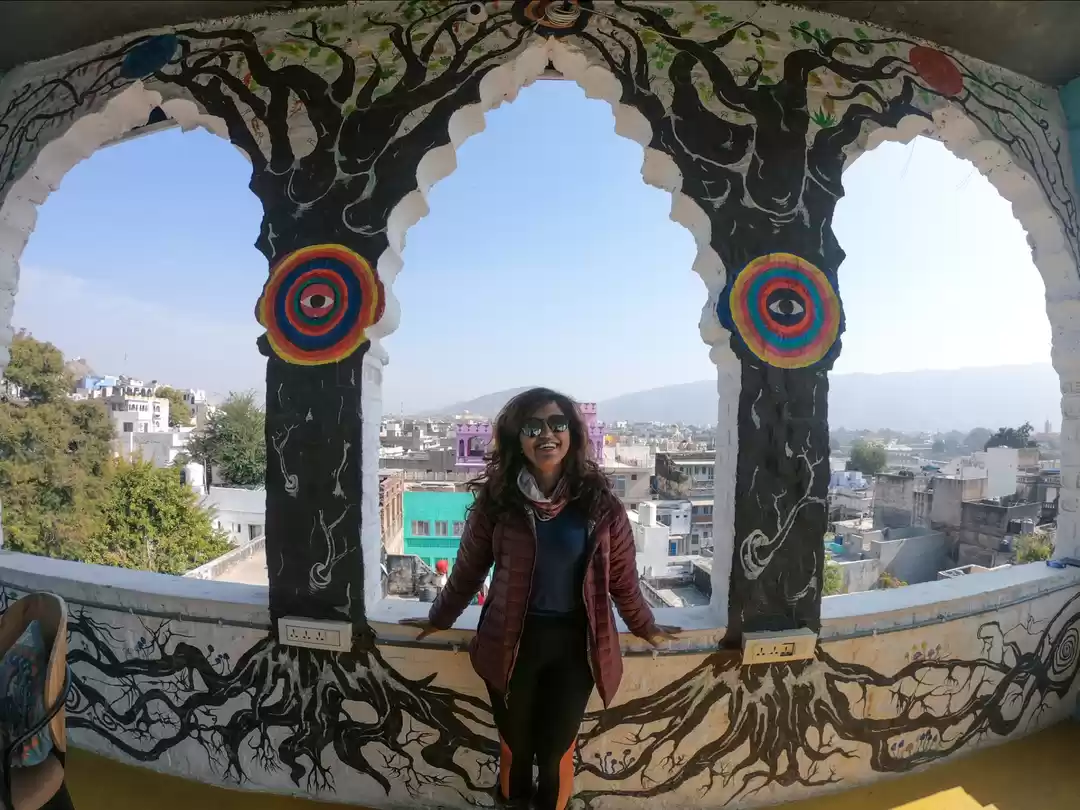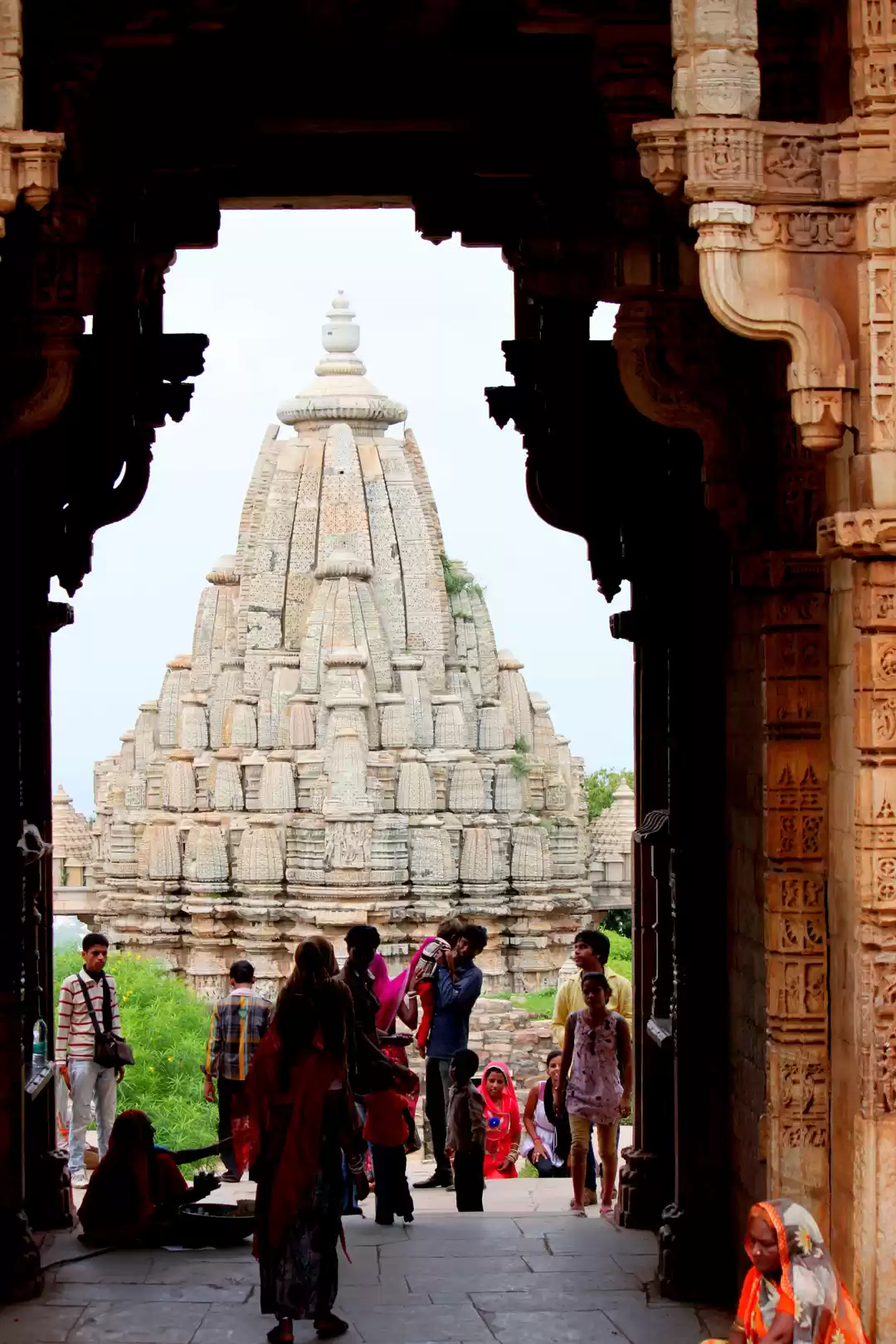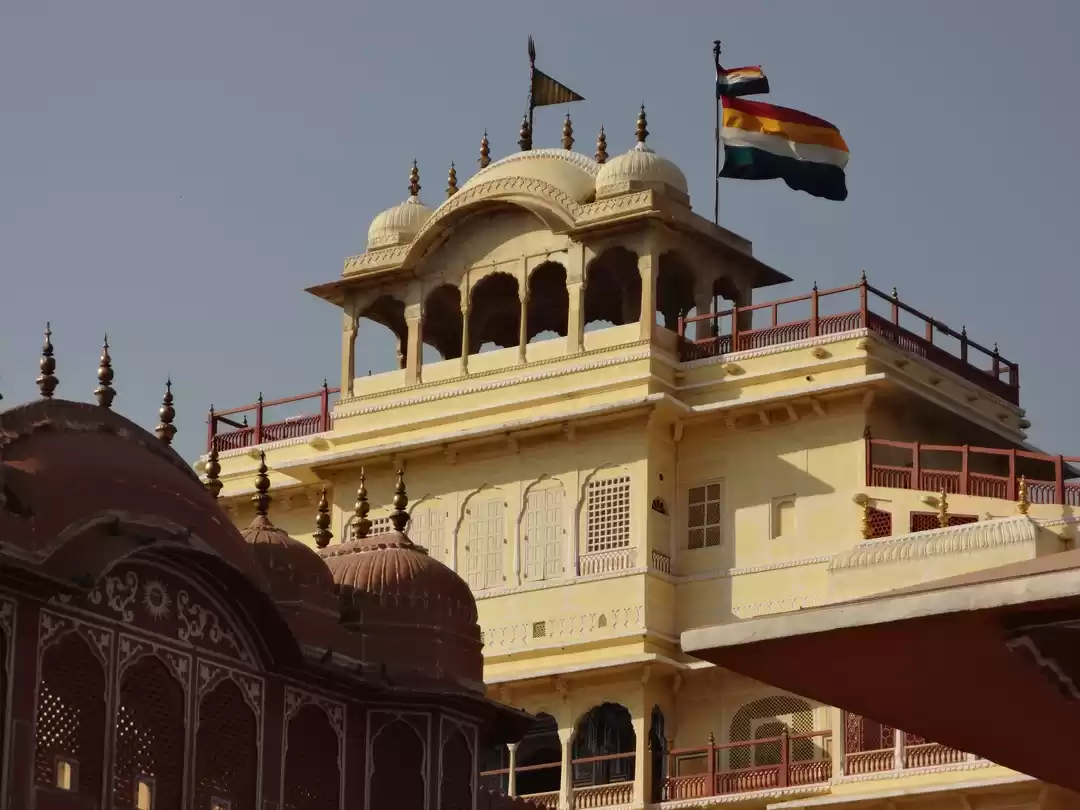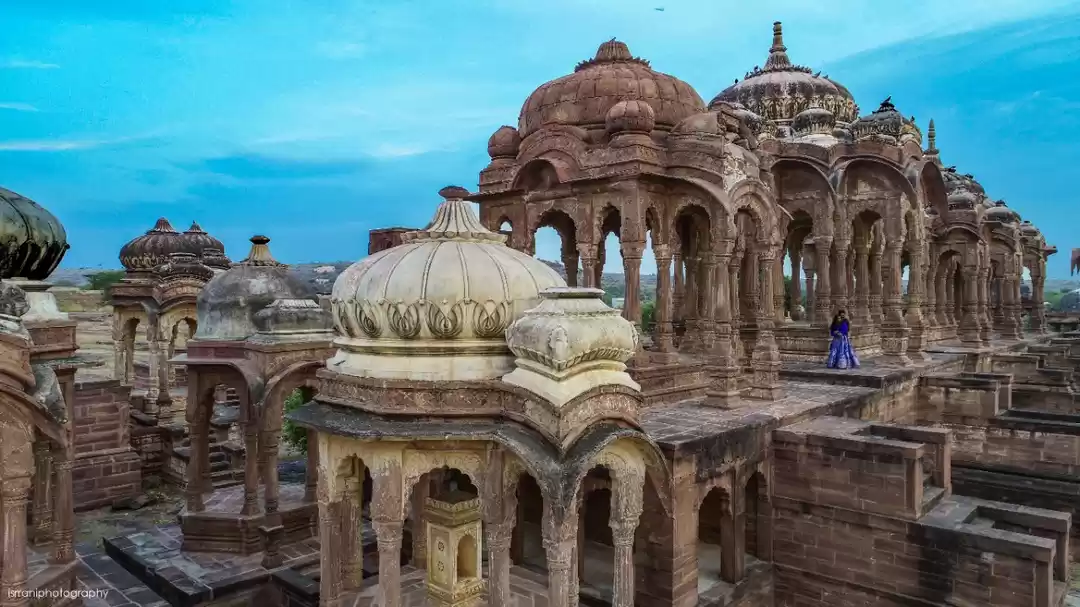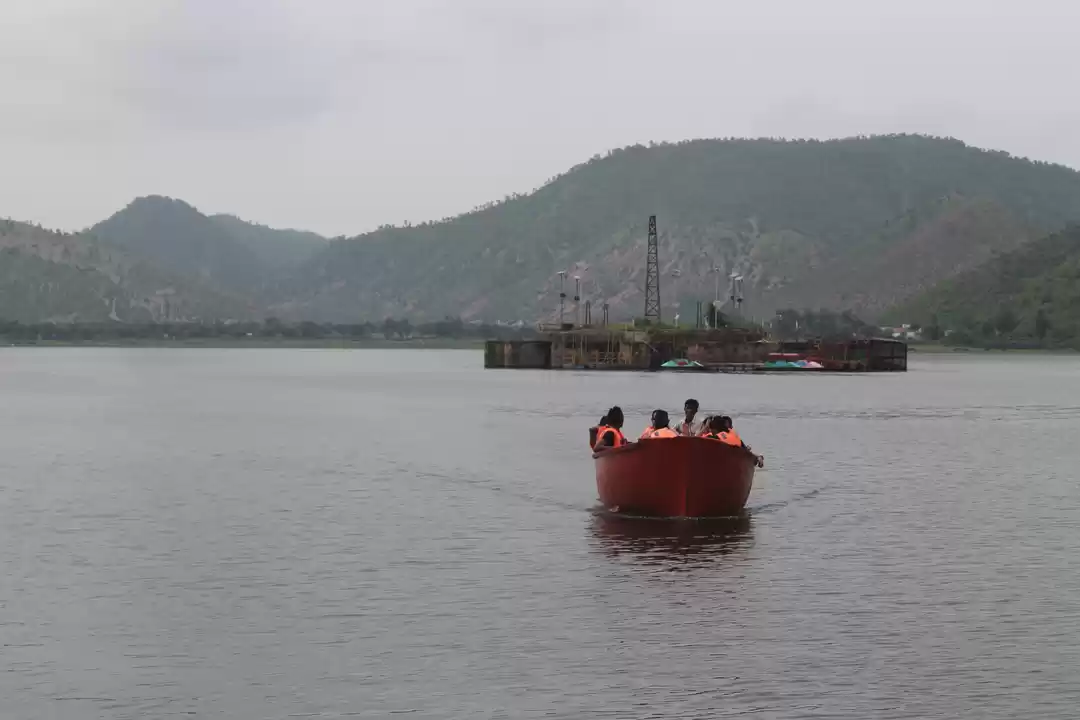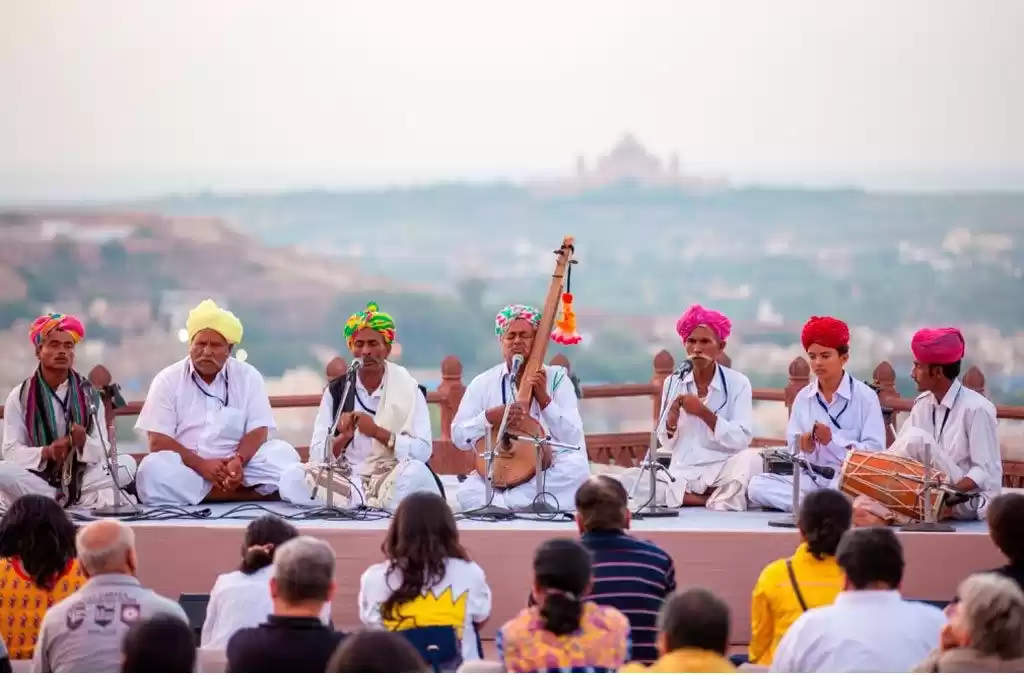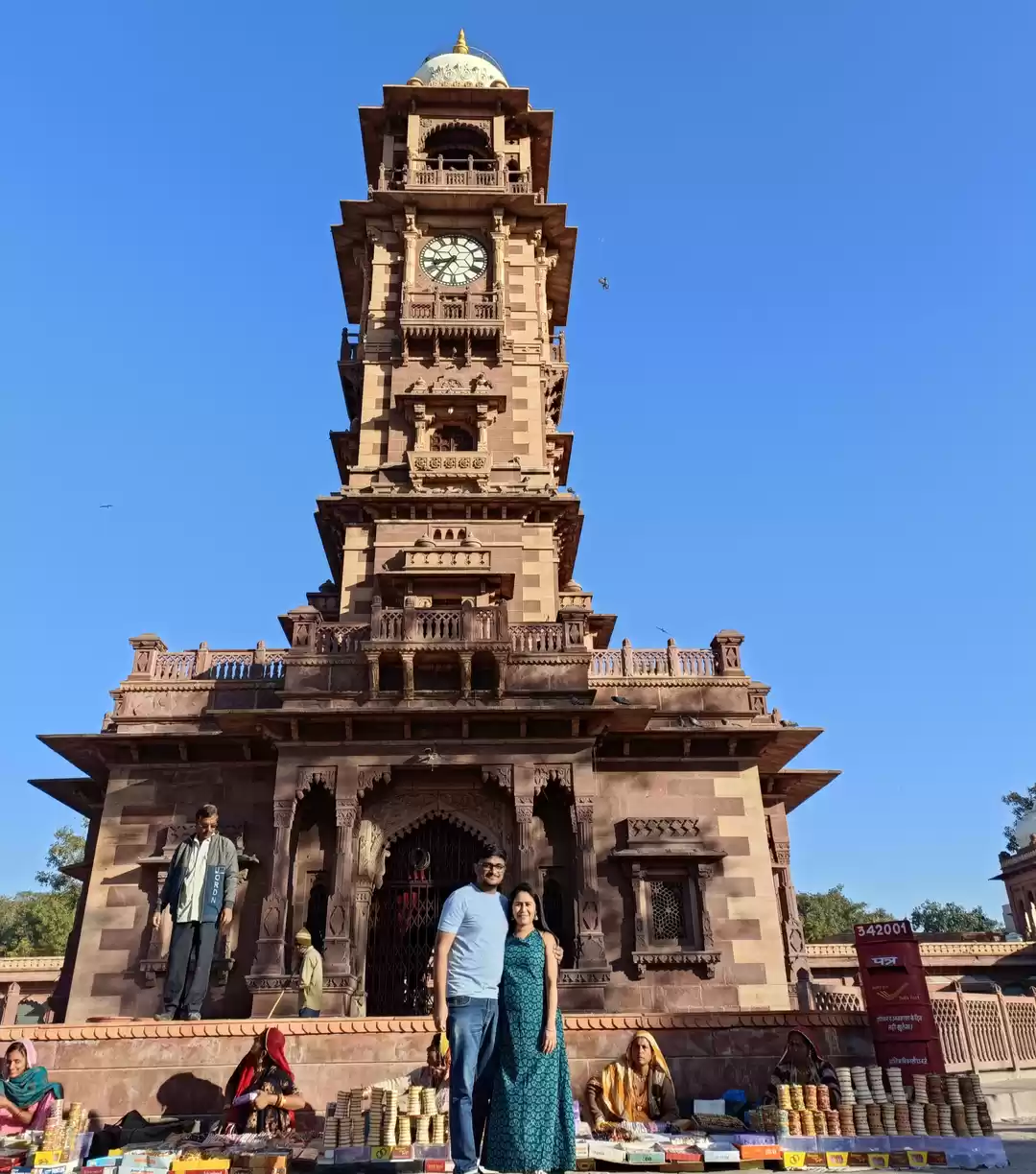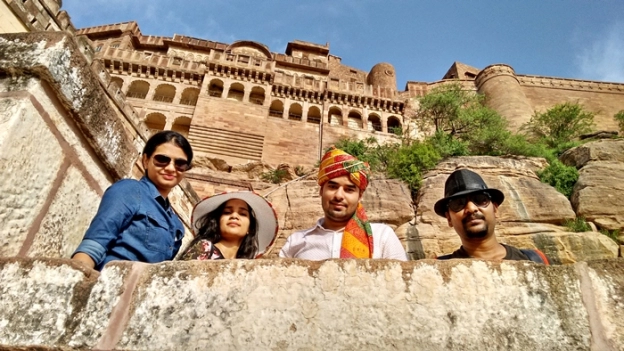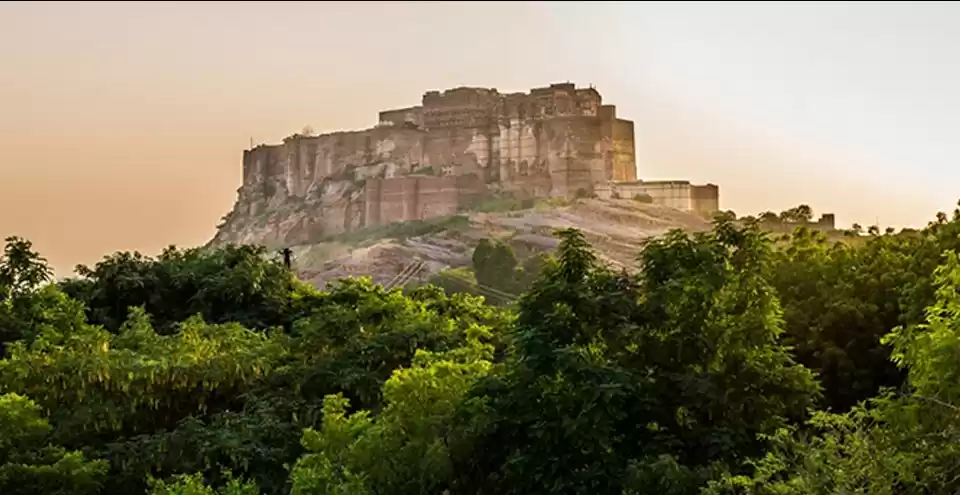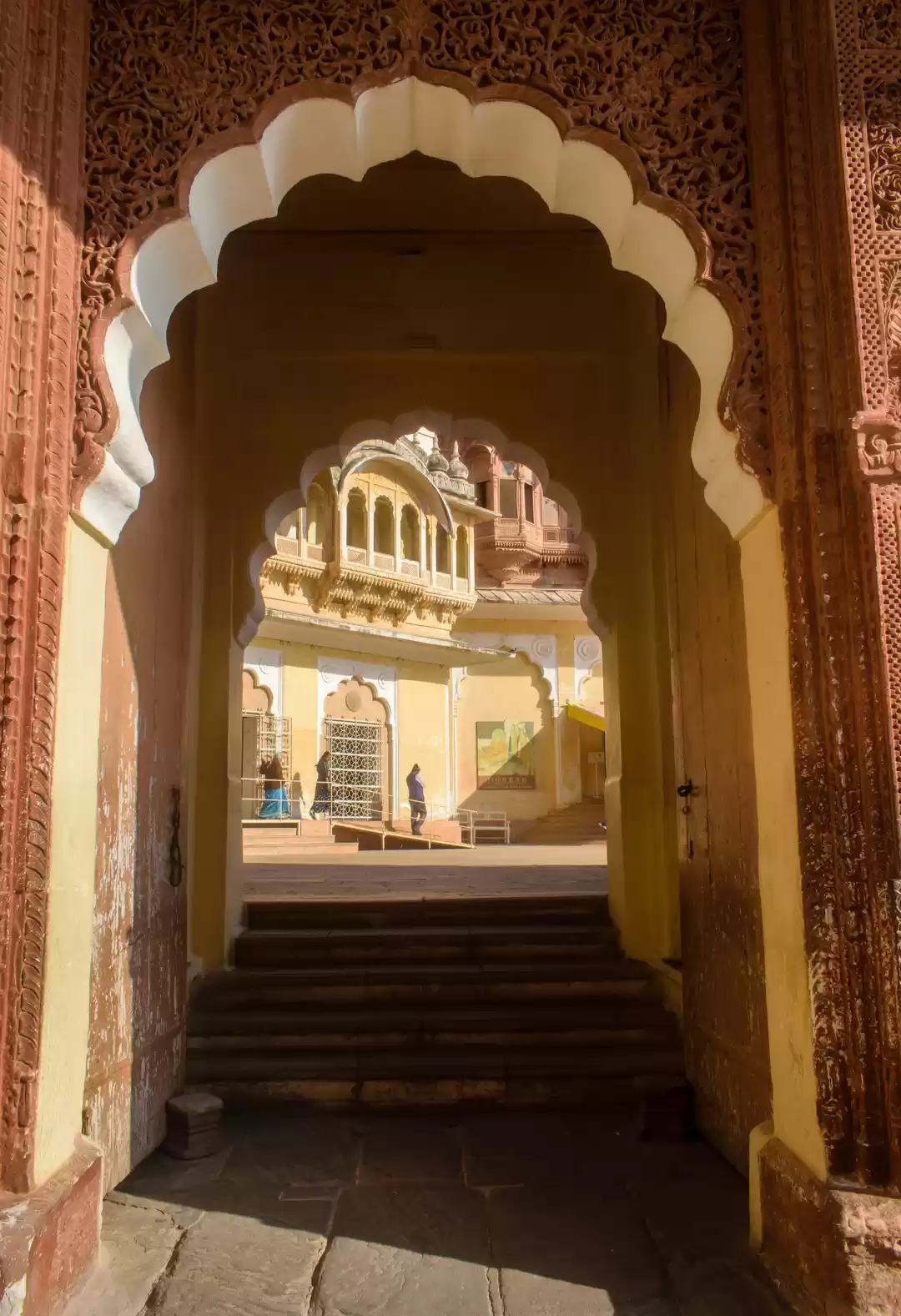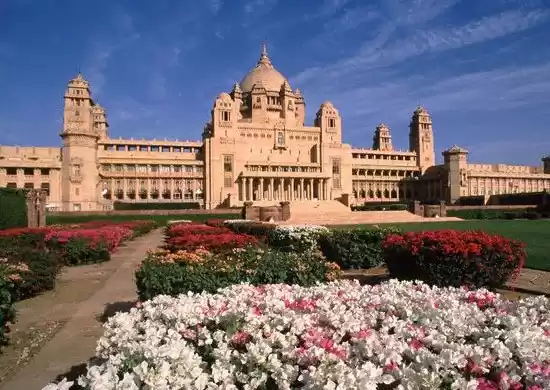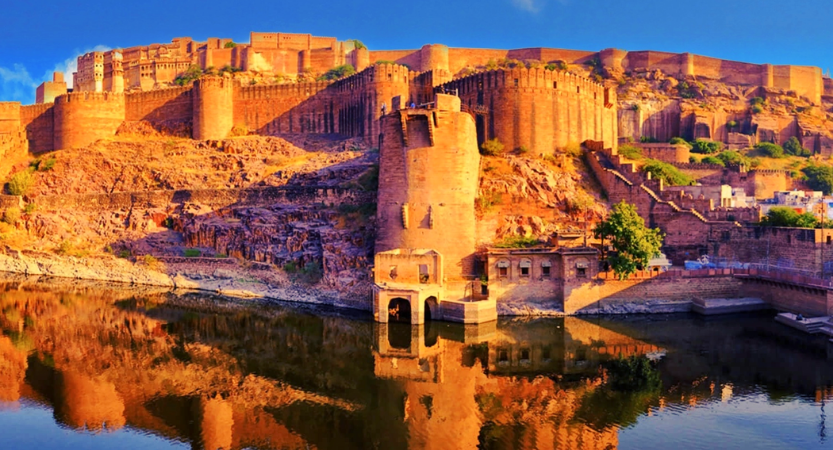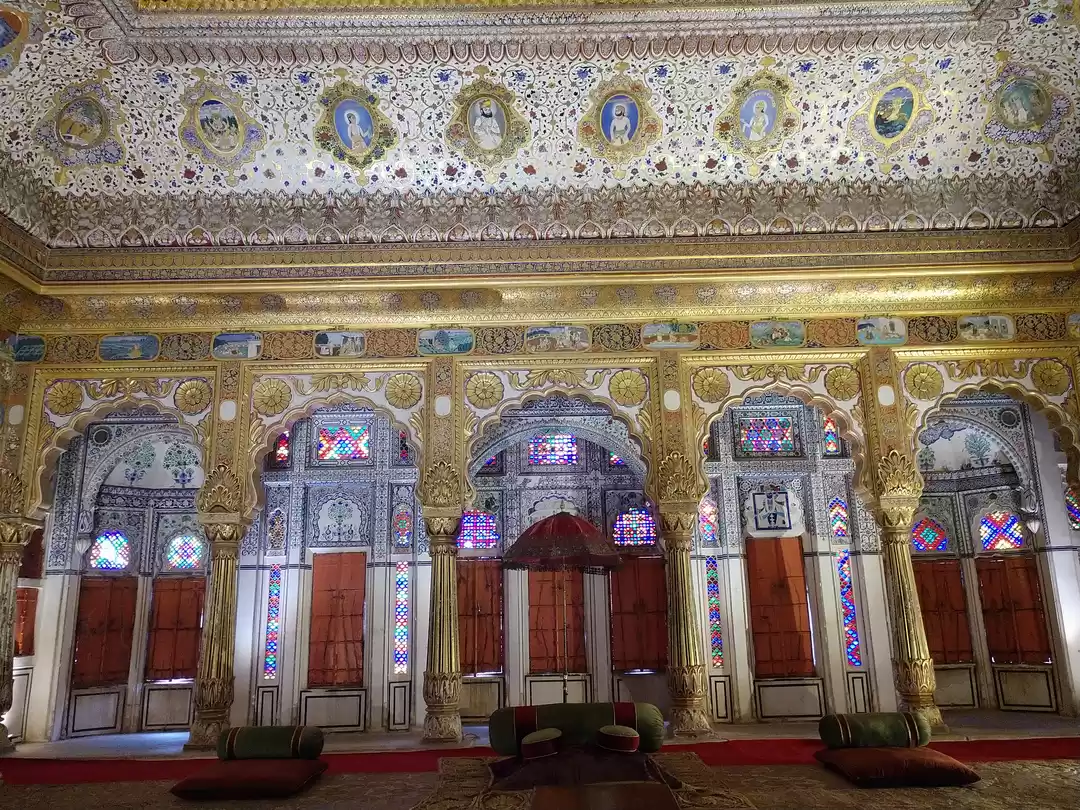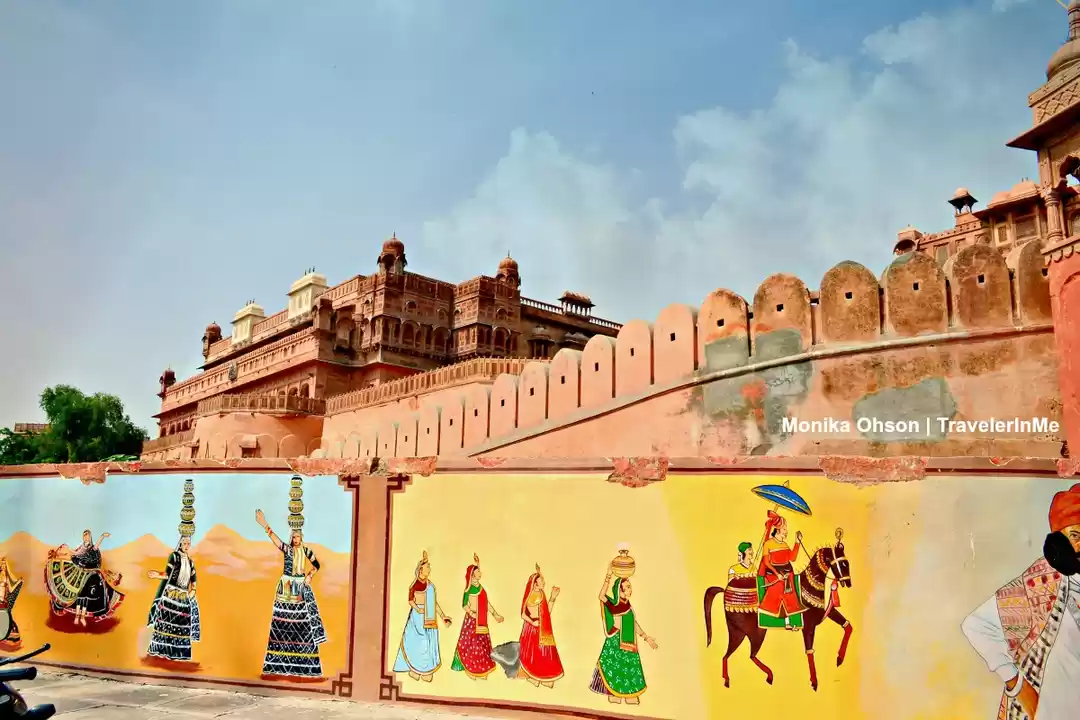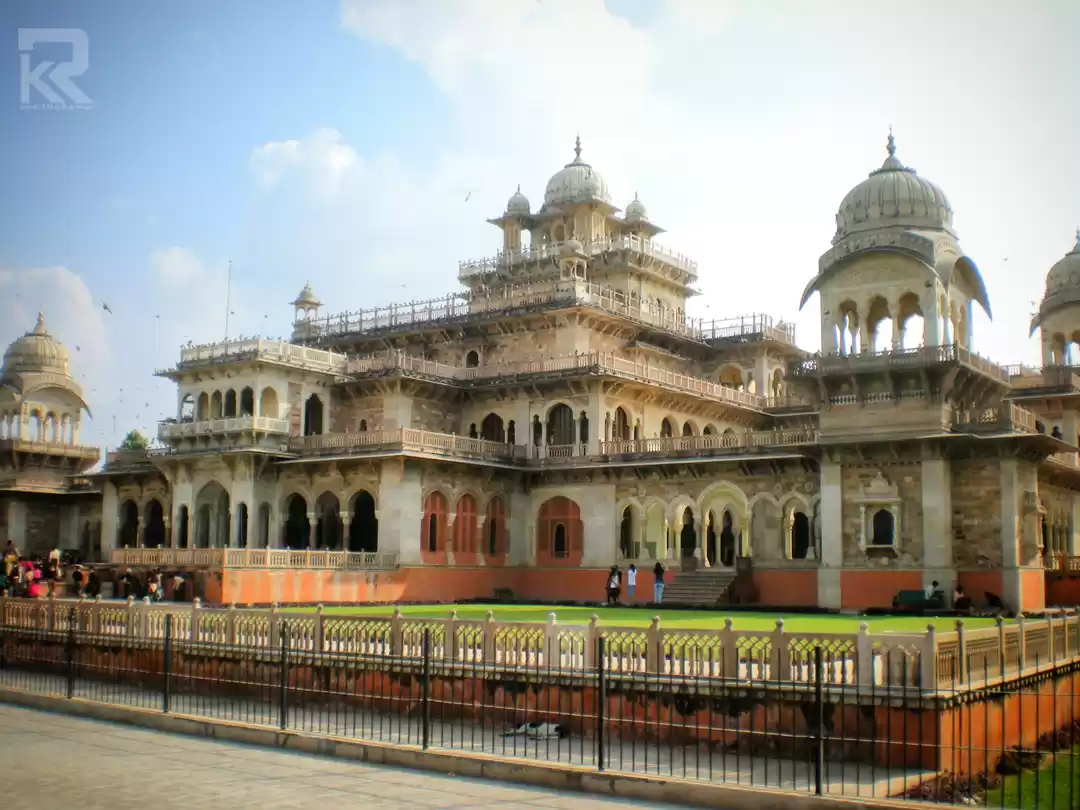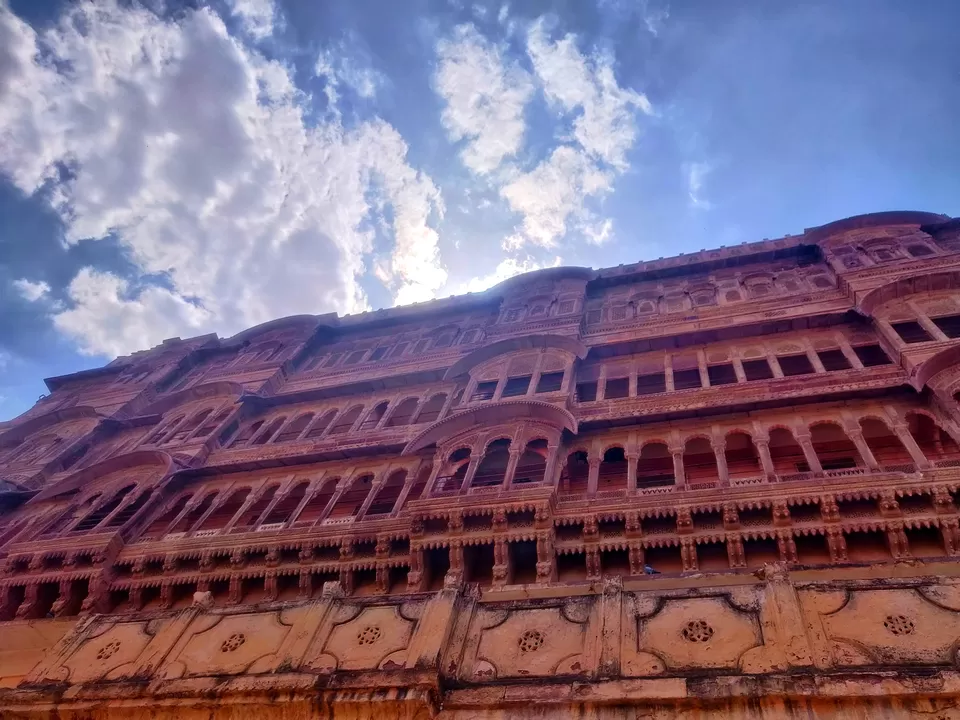
Living a king size life with all the amenities and facilities (Aisho aaram) has always been a dream of mine. However, the adjective king size turned into a sentiment for me when I visited the Mehrangarh Fort in Jodhpur. Mehrangarh Fort was built in the year 1459 by Rao Jodha, the ruler of Mandore and the founder of Jodhpur city.
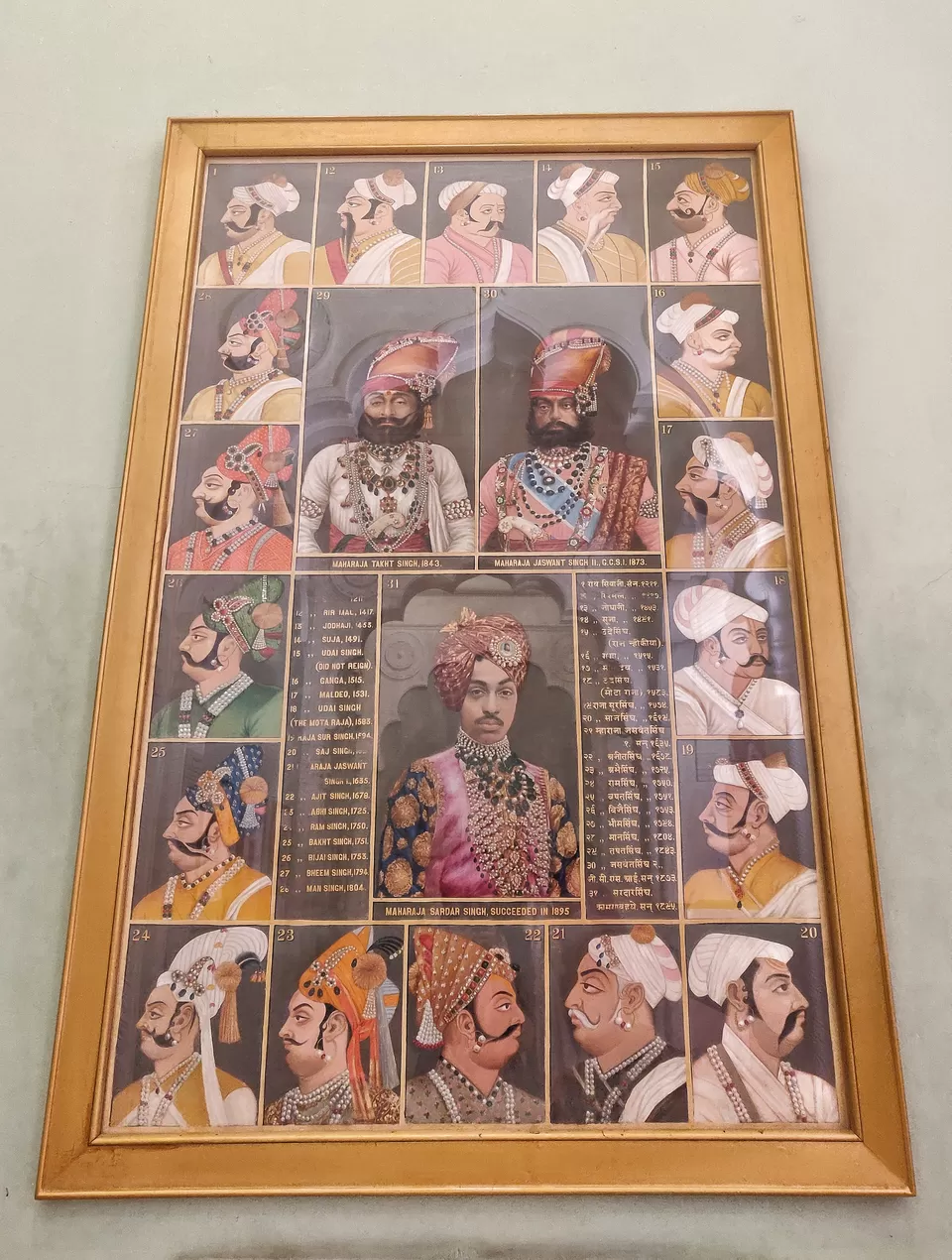
Mehrangarh Fort does not have any entry or camera charges and is equipped with all the facilities like a café, a Rajasthani bazaar, rest rooms, water purifiers, and a lift for its tourists. To wander and explore the fort to its fullest, you need 2 hours, and it's good to visit the palace during the winter. The Mehrangarh Fort has seven grand entrances.
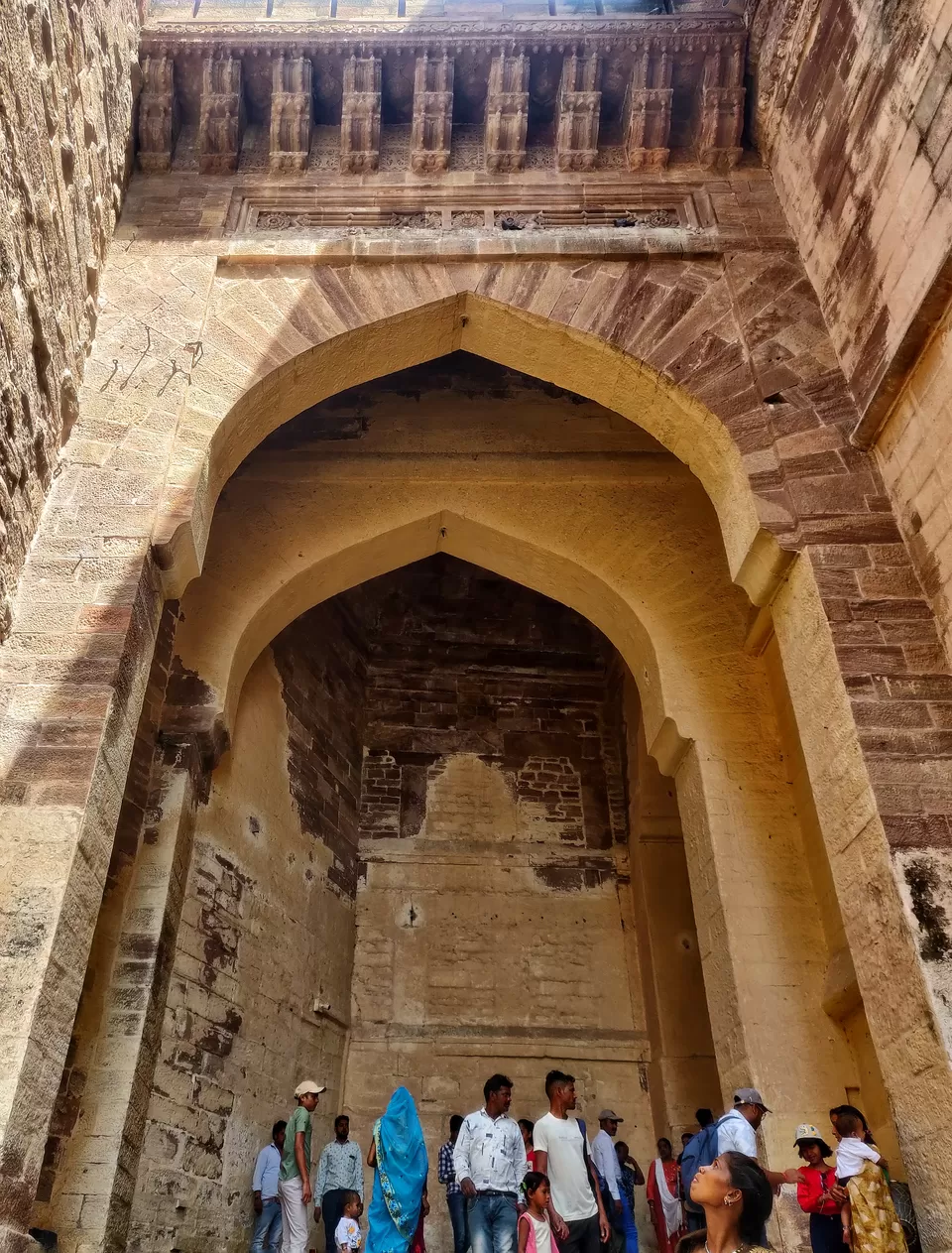
You can either take a lift to reach the 12th floor or walk through the grand entrances to reach the 12th floor of the fort. Lift charges are Rs. 50 per person. The enthralling view of the blue city from the crest of the fort is followed by Rajasthani music and majestic and meticulous architecture. The 12th floor has the Mehrangarh Museum, where you can see the paintings, armoury, pagdhis, and palkis of the royals.
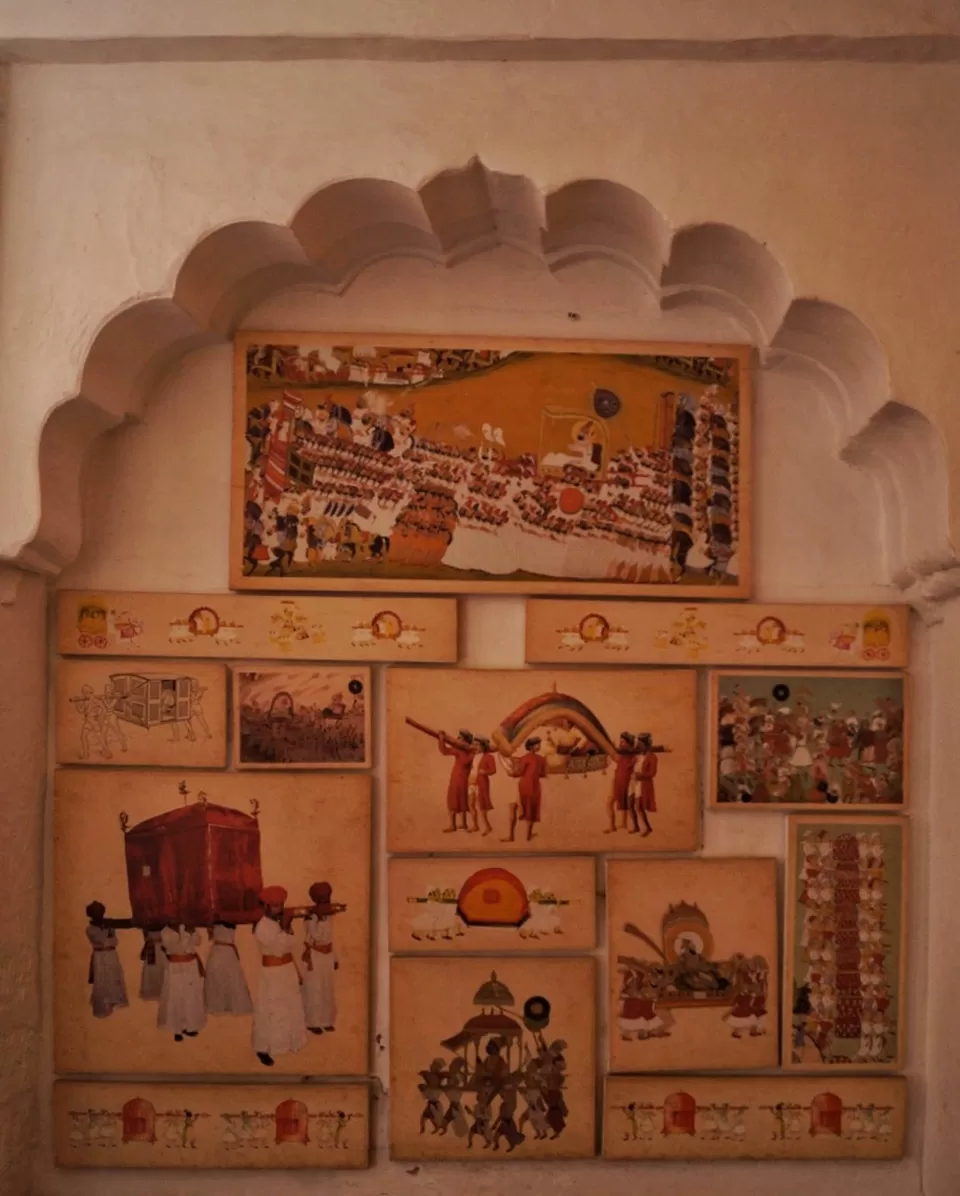

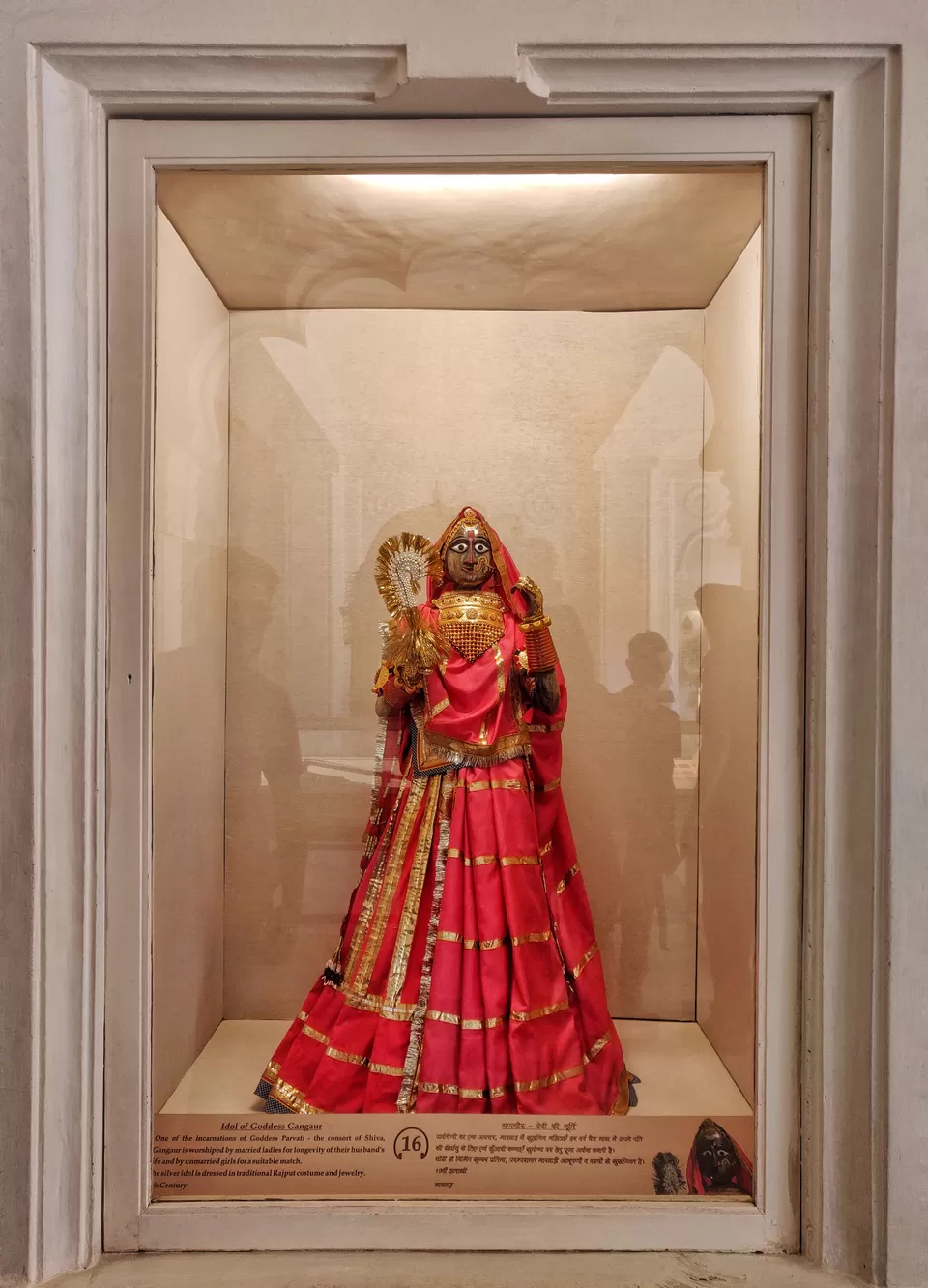
After reaching the 12th floor, tourists have to take the stairs, as the fort has four more floors where the ruler Rao Jodha ji and his family resided. The first floor showcases the costumes and fabrics of the Raja, Rani, prince, and princess. Through the size and weight of the costumes, you can determine the magnificence and glory of the royals. The costumes of the royals are designed very strategically, which helps them with their daily chores, wars, etc. The museum has the Toran on a showcase, which is placed on top of the entrance of the bride’s house, and the groom has to touch it with his sword when the baraat reaches the bride’s house for the wedding. The largeness of the toran is unimaginable.
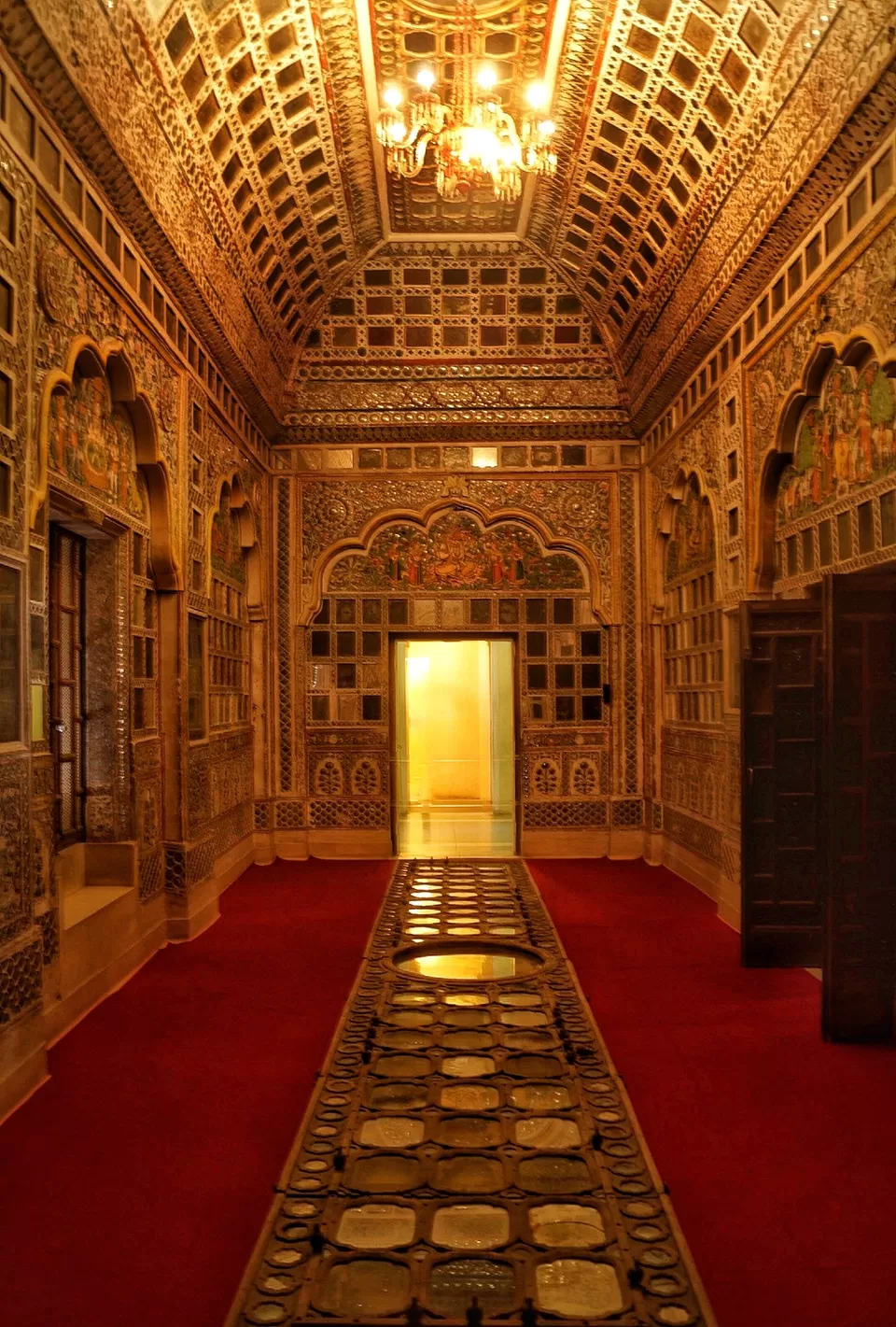
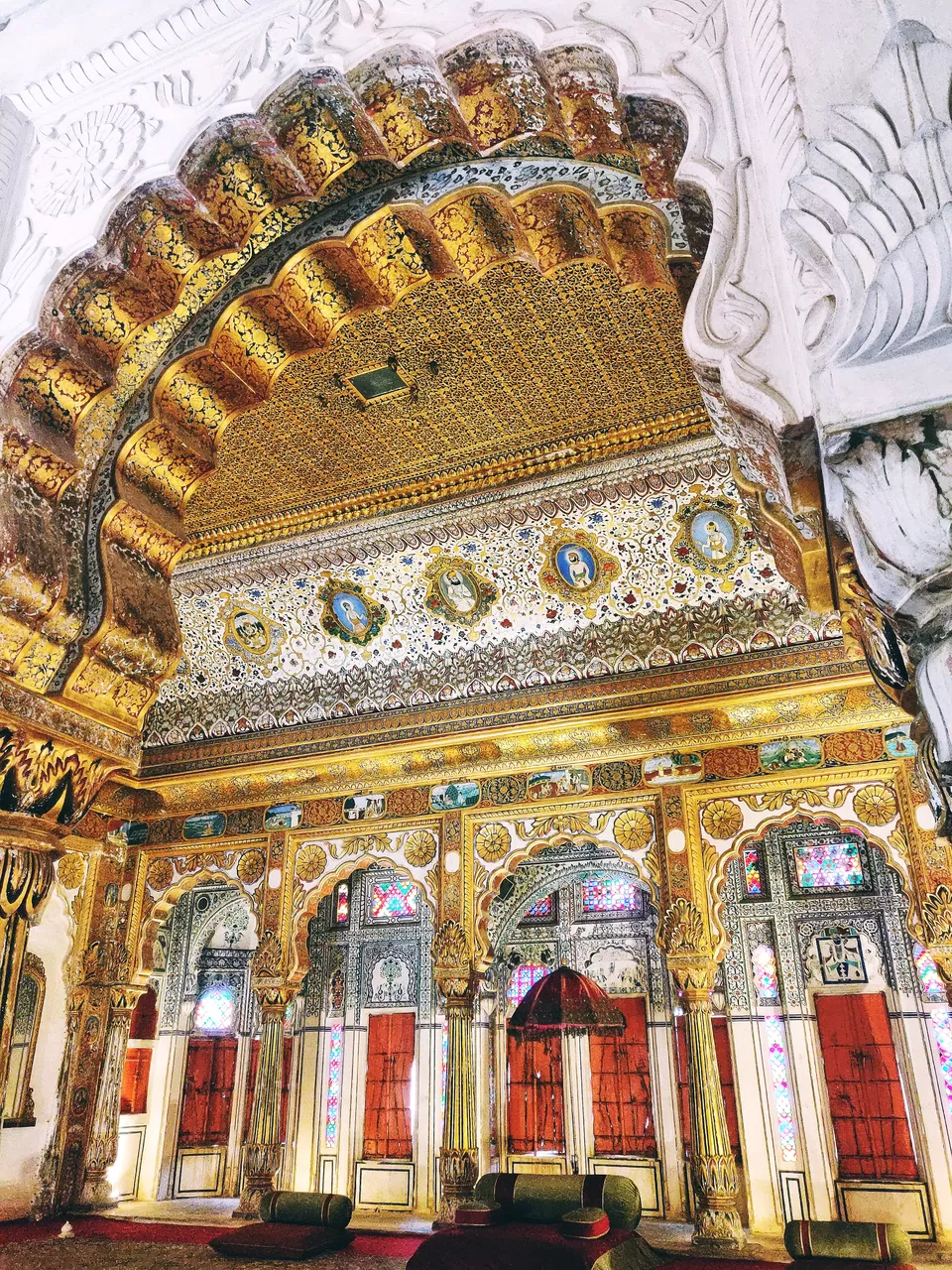
The 1st floor museum is followed by a beautiful Sheesh Mahal. The 2nd, 3rd, and 4th floors have attractive courtyards and mahals like Phool Mahal (made of gold), Takht Vilas, Moti Mahal (for coronation of kings), Kabhka Mahal (for Rajyasabha), Jhanki Mahal, Sadar Vilas, and Umaid Vilas. After visiting the Mahals, you start going downwards towards the Market of the Fort, where you can find vibrant and dynamic Rajasthani jootis, mojadis, rugs, handbags, jewellery, bandej sarees and dupattas, home décor, etc. At the end of the market, there is a beautiful temple of Radha Krishna, Vishnu, and Nagnechya Mata. Apart from these temples, there is a famous pilgrimage of Chamunda Mata, who is the Kuldevi of Rao Jodha ji. Wherever you are in fort, you always hear the folk songs, and you can find the musicians down below the temples.
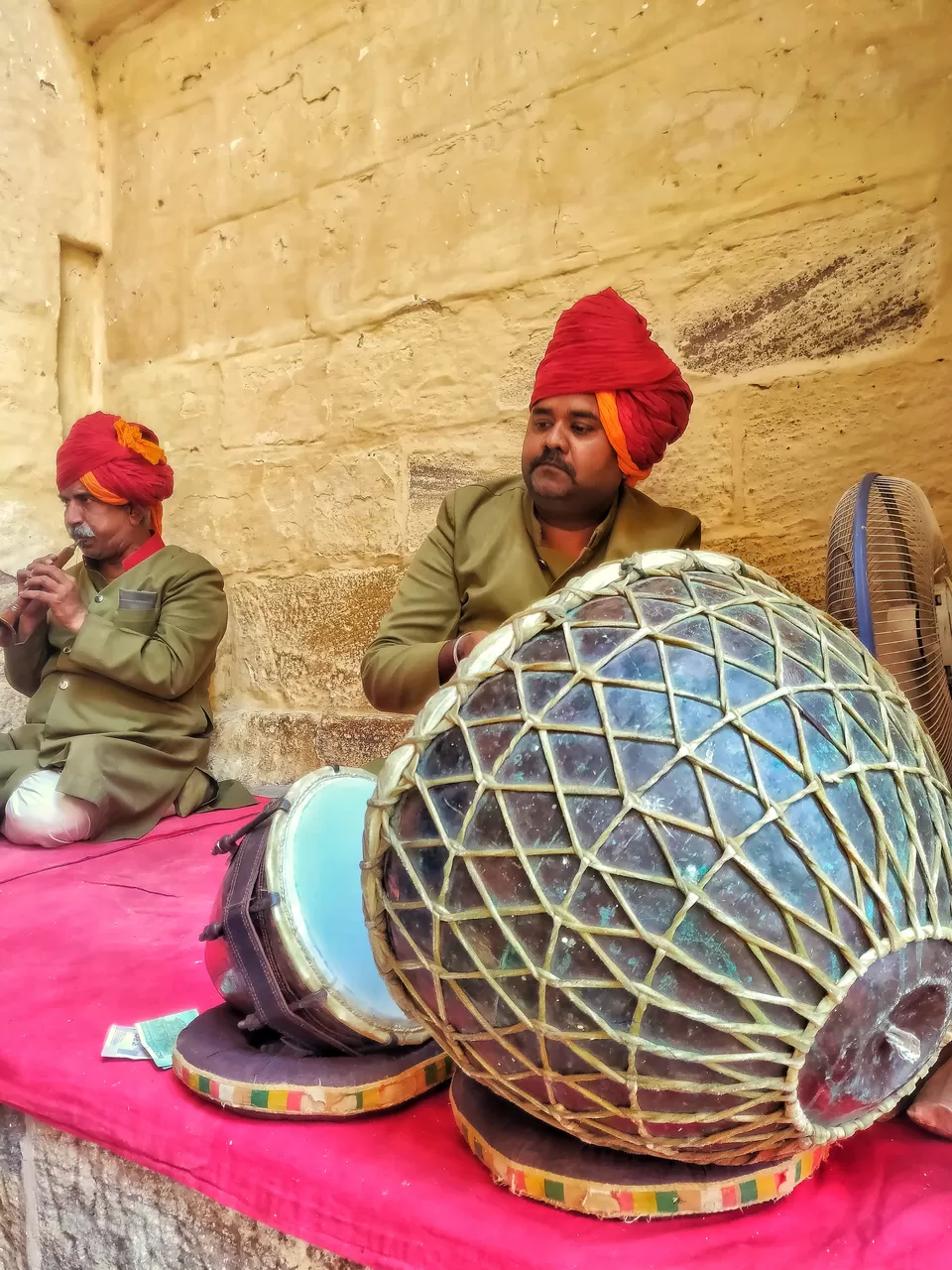
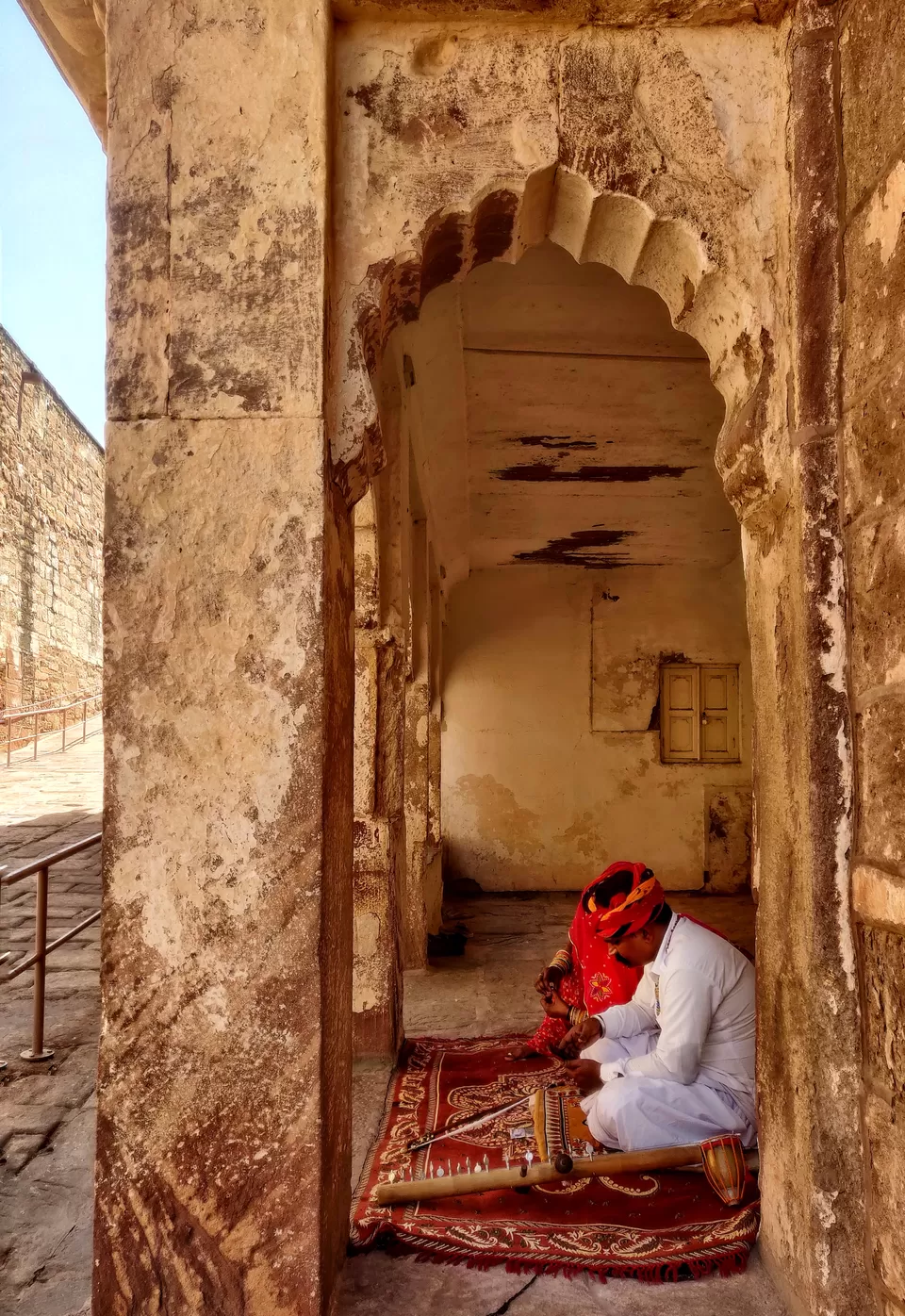
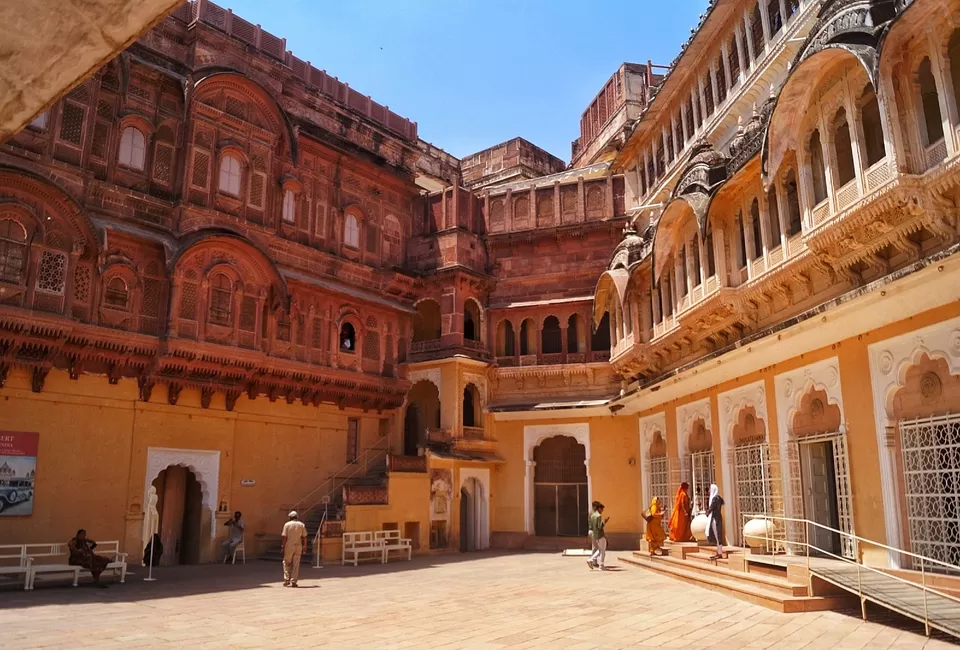
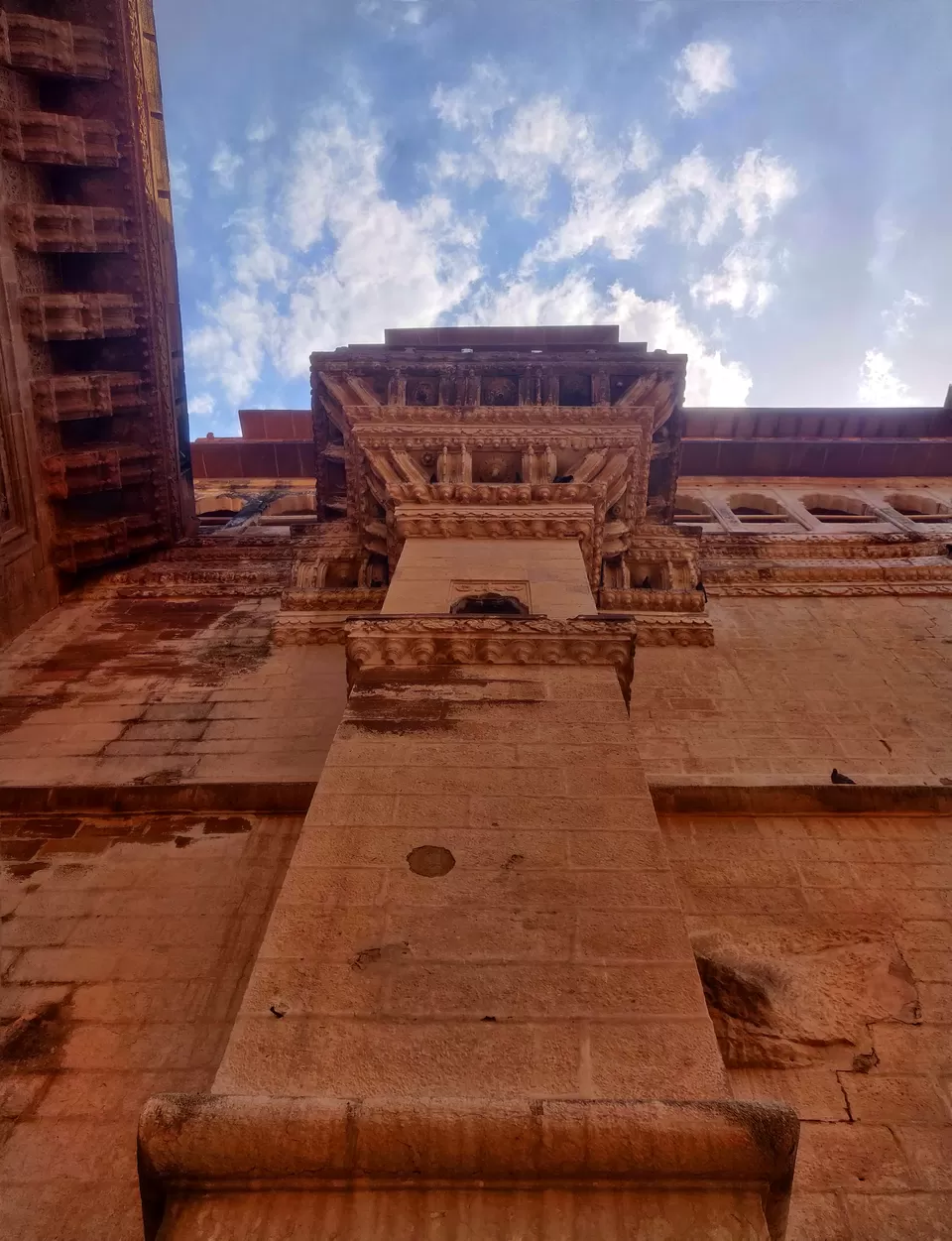
Mehrangarh Fort is known for its majestic Indian courtly life, meticulous and strategic architecture with intricate carvings, and priceless relics of Marwar. The Mehrangarh fort is a must visit to understand a page of Marwar history, to get a glimpse of king-size life, and to relive its grandeur.





